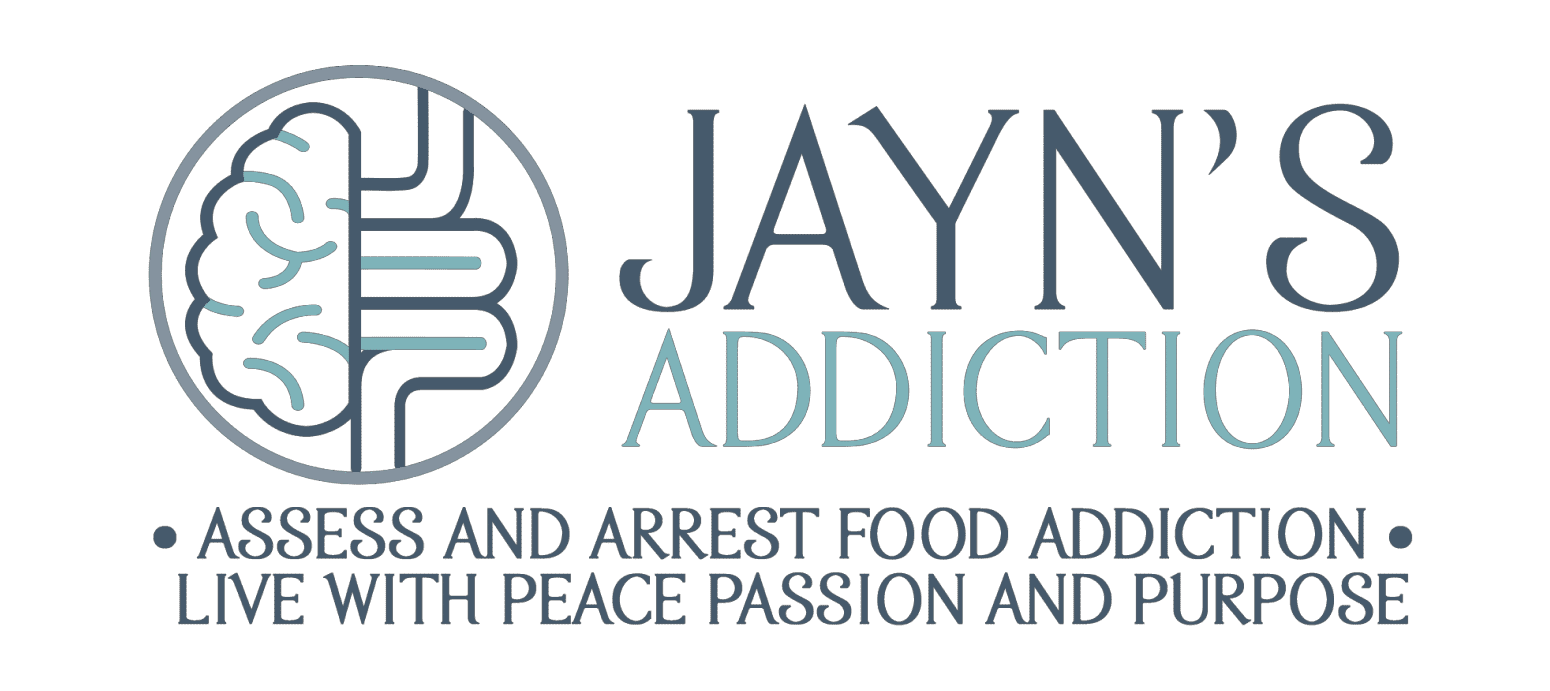FAQ
Completing an in-depth assessment with a licenced food addiction counselor will help you get clear. Taking the SUGAR® diagnostic test with a licenced SUGAR® interviewer will indicate whether one is a ‘social user’, ‘harmful user’ or ‘addicted’.
Simplified – it depends on brain chemistry and habituated neural pathways in the brain.
A ‘harmful user’ may lack education and/or skills about food portions/health/nutrition/motivation for health. Like everybody else, a harmful user seeks pleasure and comfort and has learned to turn to food/eating because it provides pleasure and comfort. However, overindulging habitually has now caused health or relationship consequences. With sufficient motivation and effort to learn and change lifestyle habits, a harmful eater could include certain foods and/or eating behaviours that an addict could not. For a harmful user, the professional advice of ‘eat all foods in moderation’ and get therapy or coaching and/or use certain medications to learn and practice new behaviours/thoughts, is helpful advice for a harmful user willing to make changes.
An ‘addict’ may fall into the above category as well, but with an important difference. In an addict, the dopamine reward centres of the brain are highly sensitive to stimulation and have become ‘hard wired’ to seek out this stimulation, despite negative (often disastrous) consequences on health, career, relationships, etc. Certain eating behaviours and/or foods/beverages, or combinations of foods/beverages can stimulate these reward centres and activate obsessive thinking and/or compulsive behaviours to continue repetitive ‘pursuit of more’, also called cravings. Eating or drinking ‘just one’ sets off these cravings. These cravings are extremely difficult to stop or gain relief from, once activated. For an addict, attempts to moderate always lead back to active addiction. Abstinence – stopping and staying stopped – from ingesting addictive foods or engaging in addictive behaviours, is the foundation from which holistic health and wellness can be built over time.
No. In the same way that an alcoholic cannot drink in moderation, a food addict cannot eat foods that cause or worsen cravings. Having ‘just one’ usually reactivates the cravings, even if one has days, weeks or even years of abstinence. Think of it like having a fish allergy. No matter how much therapy one has, or years one has of avoiding eating fish – if one eats fish, one will have an allergic reaction to it.
That is what makes food addiction so tricky. Some people find they don’t always crave more right away after eating certain ‘gateway’ foods. However, they might find a few days or even weeks later they are back to binge eating, purging, craving, etc. When they reflect later on their thoughts/behaviour, they always uncover that their addiction was reactivated after ingesting ‘just one’.
Addiction is progressive, meaning it gets worse over time. With the added complication of metabolic changes, other health issues, stress, hormonal changes, lifestyle changes, addictive food additives – certain foods and eating behaviours many of us used to enjoy can later cause cravings that make it very difficult to stop once started.
Either one or the other, or a combination of, obsessive thinking and compulsive behaviour. For some people, cravings can be caused by seeing, smelling, hearing about, or thinking about, certain foods/eating behaviours. Processed, or ‘highly palatable’ foods in particular are engineered to cause cravings and are even advertised as such.
Cravings can also be caused by ingesting or tasting certain foods or engaging in certain eating behaviours (undereating then overeating, restricting then having ‘cheat days/meals’, continuous snacking/grazing, eating out of bags, mindless eating in front of the TV/computer, standing in front of the fridge eating directly out of containers, licking fingers, pans, plates, bowls, etc).
Cravings can also ‘come out of nowhere’ – as a habitual response to stress, or feelings such as boredom, anxiety, depression, grief, anger, embarrassment, confusion, tiredness or loneliness.
Cravings can also occur when people are physically (too) hungry or malnourished.
There are many free resources available online about food addiction. Please watch my YouTube videos https://tinyurl.com/as2rfn83 for more information. Also, check out The Food Addiction Institute www.foodaddictioninstitue.org and listen to the Food Junkies podcast https://www.foodjunkiespodcast.com/
Step one: Fill in the following 6 part questionnaire to see if you have symptoms of food addiction. Click here.
Step two: If so, you will be re-directed to a calendar to schedule a complimentary 30-minute online session with Jayn Steele. Click here.
